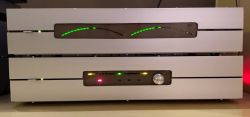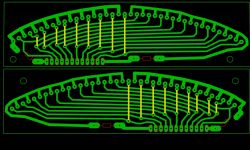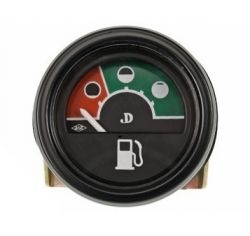
"Almost" acoustics

PCB in lay6 format.
Cool? Ranking DIY
Czy wolisz polską wersję strony elektroda?
Nie, dziękuję Przekieruj mnie tam

pepepe1 wrote:Swing-out with such a large rectangular dial simply wouldn't fit. I omit whether they are available for purchase, for how much, and that I have no influence on the appearance of the dial when purchased.
CHOPIN66 wrote:It looks cool, but for me it's an excess of form over content - why push atmega for this purpose? Such an indicator can be implemented on the LM3916 and the Peak meter indicator can also be easily done - 4 transistors working in a peak detector + an operational amplifier performing the logarithm function and the LEDs are controlled as in the WS442 using transistors connected in cascade. Take a look at the diagram of the AIWA AD 6900 tape recorder. The peak meter indicator is made as I described - instead of LEDs there is a VU meter, and we also have a sample and hold function. And it's all analog, no uC.
pepepe1 wrote:This is just an indicator, there is no requirement for accuracy like in a tape recorder
pepepe1 wrote:I have no influence on the appearance of the dial in the purchased ones
pepepe1 wrote:scale can also be applied, but why?
pepepe1 wrote:The Dior WS-432 also had an indicator on the LEDs, which no one used to adjust the volume

pepepe1 wrote:It seems quite obvious that these are signals from the power amplifier
pepepe1 wrote:the last three are yellow, the last three are red
